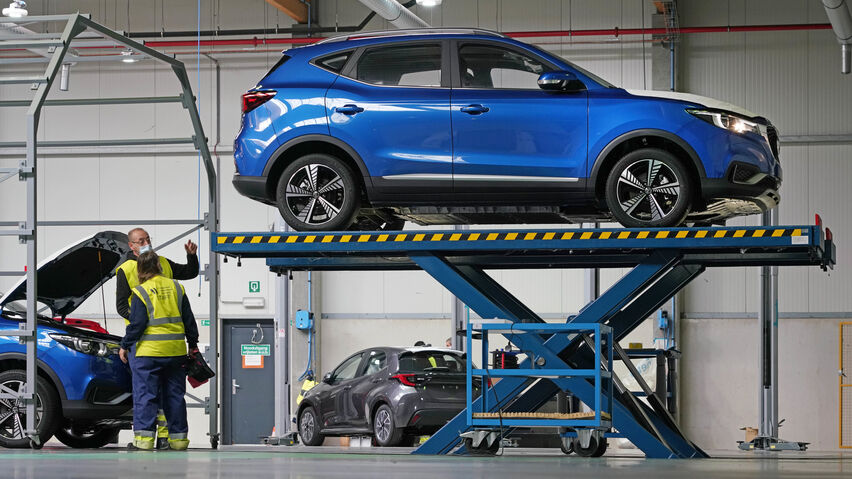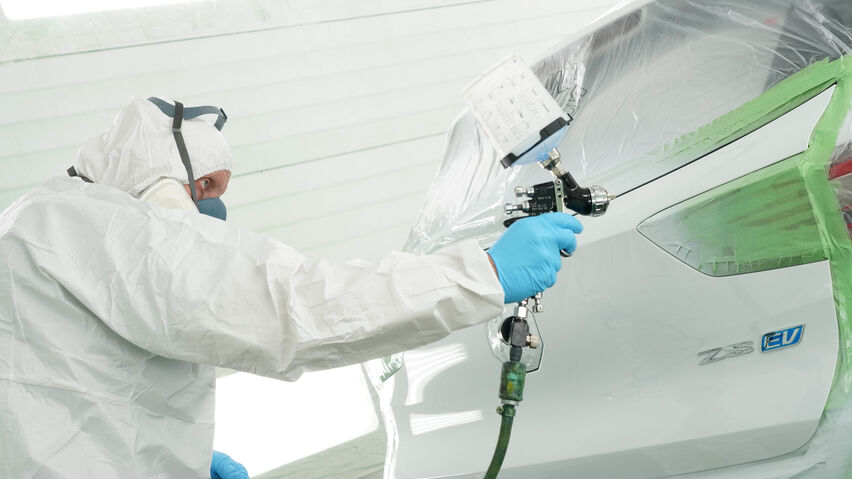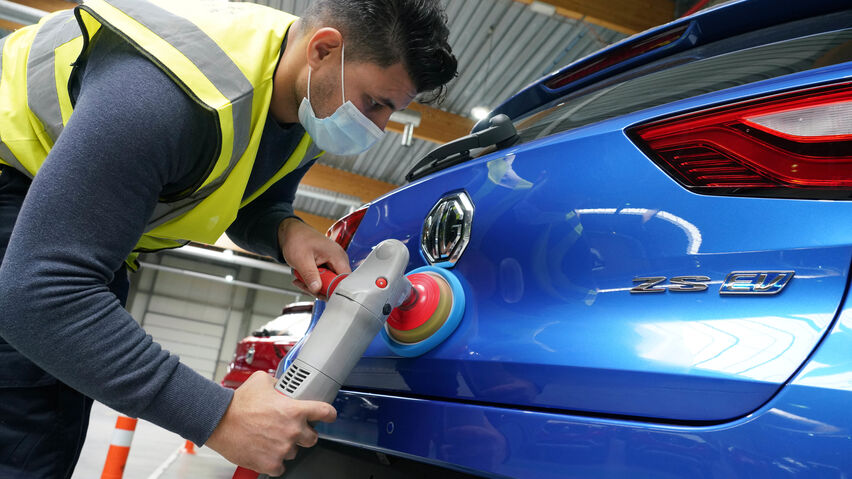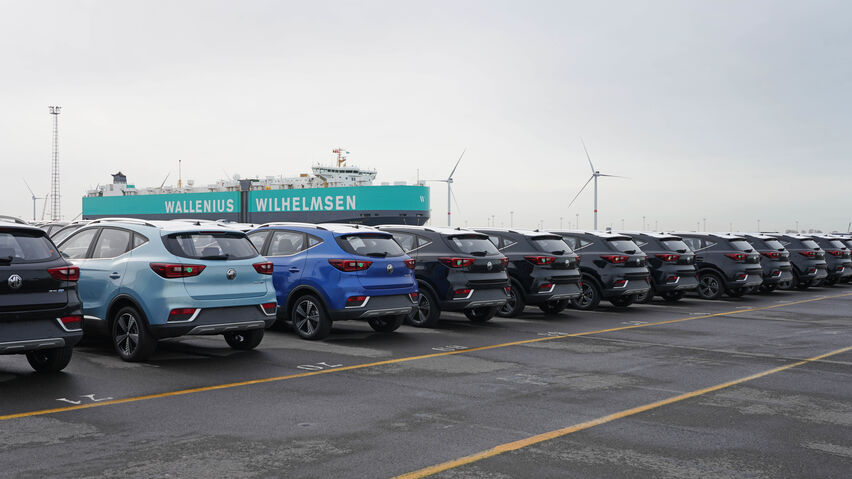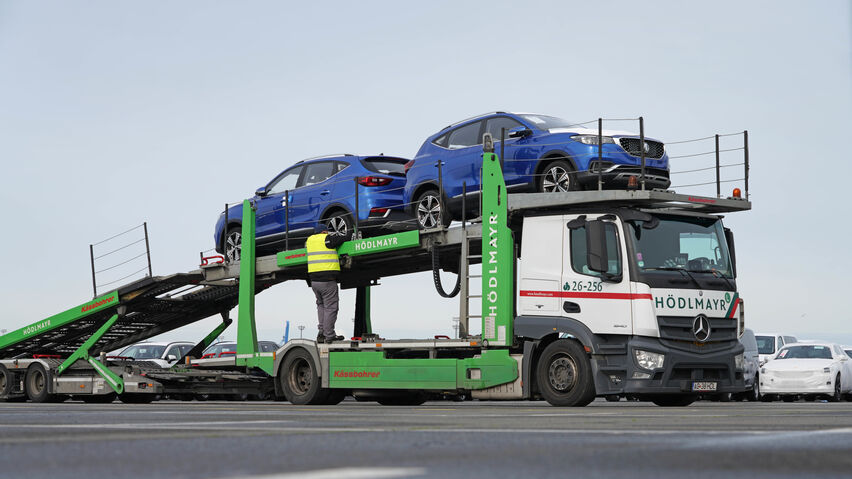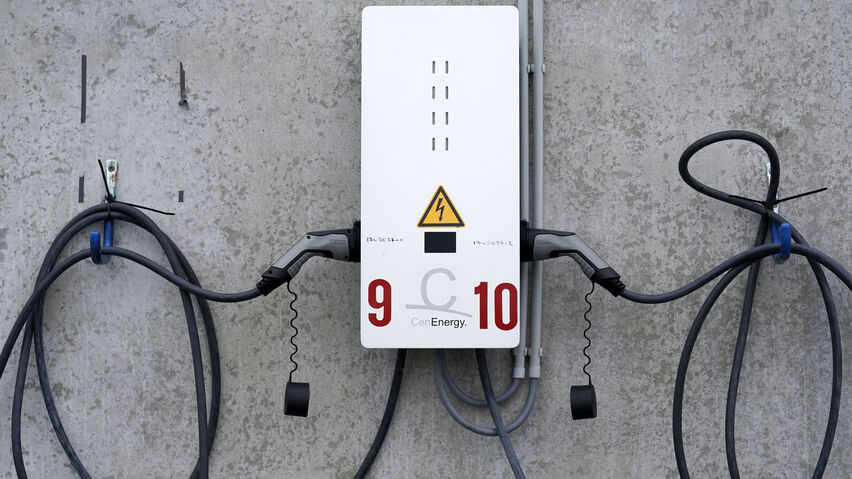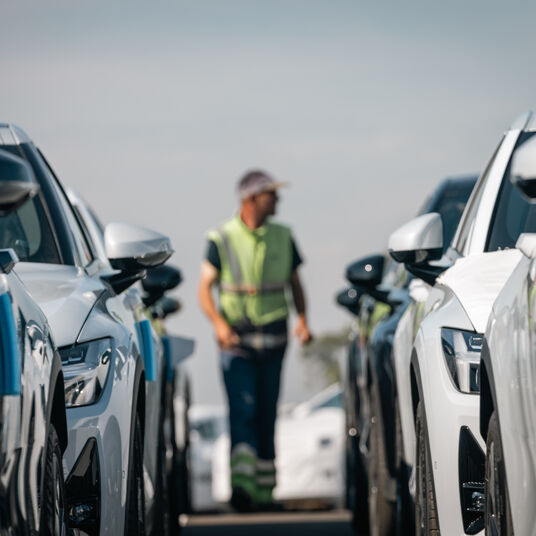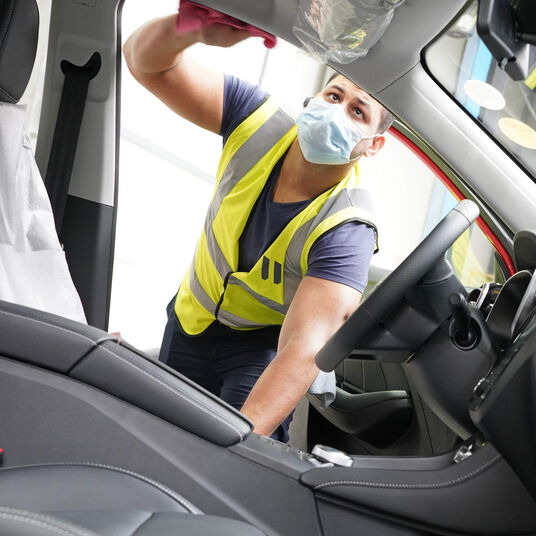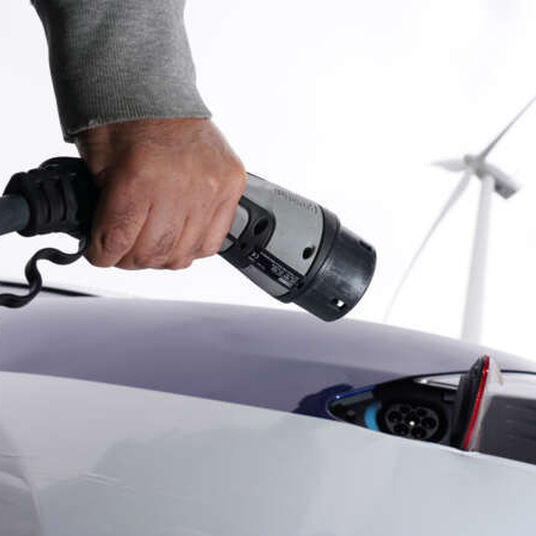Zeebrugge: The electric vehicle gateway
Zeebrugge is fast becoming an important import hub for electric vehicles to the European market. With some of the world’s biggest electric vehicle OEMs choosing Wallenius Wilhelmsen as their ocean and logistics partner, understanding the needs of electric vehicle logistics is key to success.
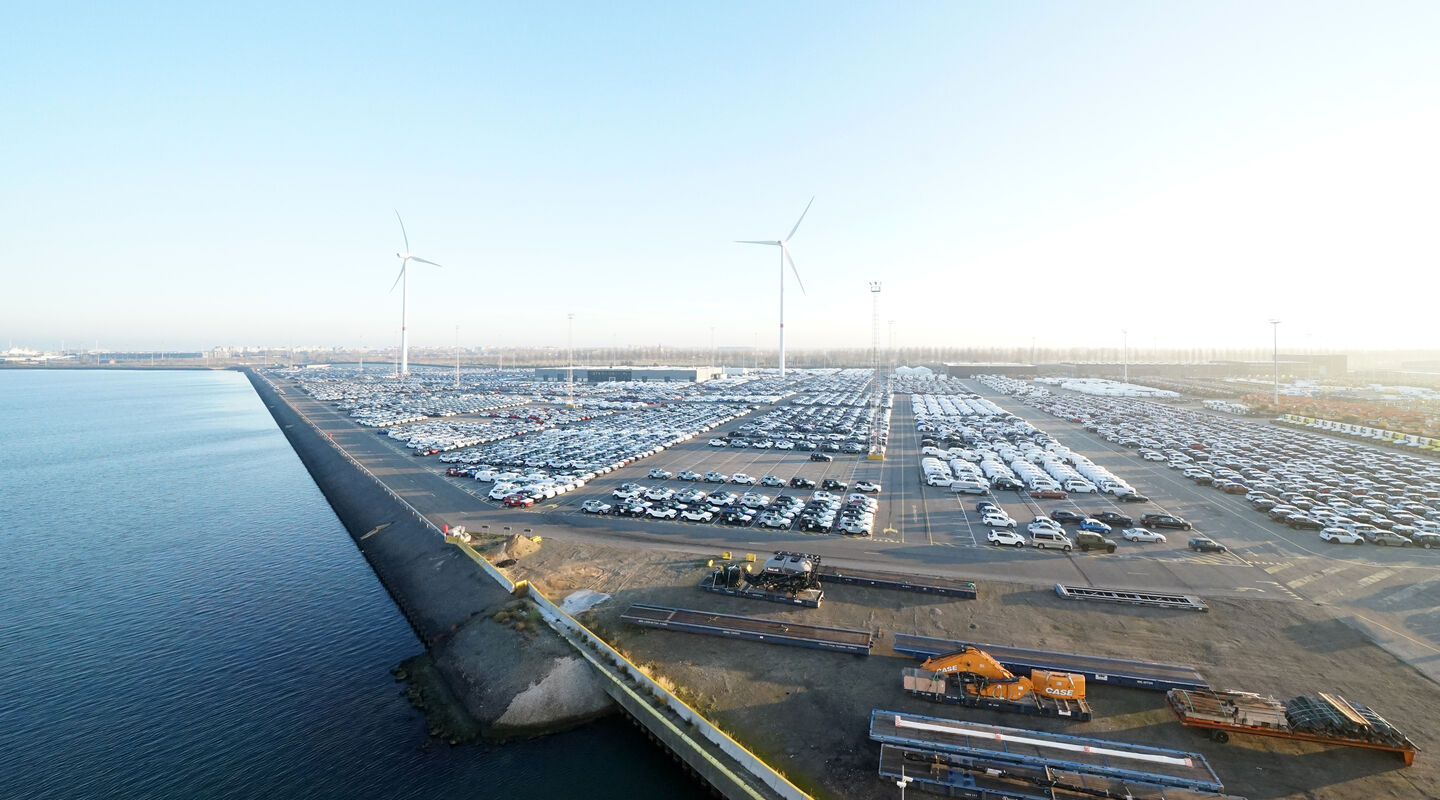
Why electric vehicle OEMs choose Zeebrugge
As one of the largest RoRo ports in the world, Zeebrugge port handles more than 50 million tonnes of cargo a year. Its location on the North Sea, along with its deep-water draught in approaches and at the berths, attracts customers from around the globe.
Since we established our own terminal in Zeebrugge our operations have expanded to include vehicle processing, technical services for heavy equipment, yard management and customs services.
“We arrange and optimise onward short-sea transport as well as onward rail or truck transport to central Europe on behalf of our customers,” explains Emmanuel van Damme, General Manager, WW Solutions, Zeebrugge terminal.
With our vessels arriving frequently from the US and Asia, and a network of short-sea feeder vessels available to run the final leg to important EV markets such as Scandinavia, its unsurprising that Wallenius Wilhelmsen in Zeebrugge is becoming the preferred choice for a growing number of electric vehicle OEMs.
Tackling the challenge of electric vehicle battery drain
Managing power loss is constantly on the minds of OEMs when shipping their EVs around the world. Ocean transport, dwell time at terminals and inland transport at both ends can add up to a long transit time.
Even though battery technology is constantly improving, batteries often lose a few kilowatt hours every day that the car is not moving. The solution? Wall mounted current-generation battery charging units that can charge up to 20 vehicles simultaneously.
Each charging point has a power output of up to 22kWh and can be set at your maximum preferred state of charge (SOC) level to ensure the vehicles are not overcharged. They also come complete with a display showing the current charge level meaning the vehicles do not have to be opened, which speeds up operations and reduces the risk of damage.
Equally important for minimising the risk of damage is getting the vehicles safely to the charging points. We have invested in trailers to move cars with flat batteries, or too low SOC.
Should a vehicle’s battery run low or completely drain, it can be virtually impossible to get access to the vehicle, which can disrupt the workflow aboard a vessel or at the terminal.
“The ability to give the cars a boost when they arrive in Zeebrugge is essential to avoid the cars arriving at their destination with flat batteries, which can be costly,” explains Van Damme.
Vehicle processing specialists
Our 7,600 square metre vehicle processing centre (VPC) in Zeebrugge contains an automated car wash, repair preparation zones, paint booth, ramps, a parts warehouse and a modification hall.
In addition to the impressive facility, the highly competent staff and efficient processes adapted to handle electric vehicles, which includes replenishing the EVs liquids and battery cooling agent as part of the pre-delivery inspection, have made the VPC and the Zeebrugge terminal an even more attractive EV distribution hub in Europe.
“The future of mobility will increasingly challenge our operations” says Antonio Essolito, General Manager EPC/VPC, Belgium. “Not only EVs, but also more complex electronics, autonomous driving, hybrid and/or hydrogen vehicles require a far greater range of technical skills. We have undertaken all the necessary steps to face these challenges, and our team in Zeebrugge is ready to cope with what the future brings,” he adds.
“With our infrastructure and competence in handling EVs, we have responded to the strong customer demand for an import hub in Europe” explains Nils Lie, WW Solutions business development, automotive Europe. “With its great connections to the European EV market by road, rail and sea, Zeebrugge is the obvious choice for electric vehicle OEMs,” he adds.
Safety first with electric vehicles
At large terminals, such as Zeebrugge, driving near-silent electric vehicles presents an obvious risk. There are three smart steps in place to reduce the risk of damage:
1. Low speed limit of 30kph when driving a vehicle.
2. An alert system whereby a driver must sound a horn whenever the car is started.
3. Safety belts are mandatory when the cars are moved around at the terminal.
